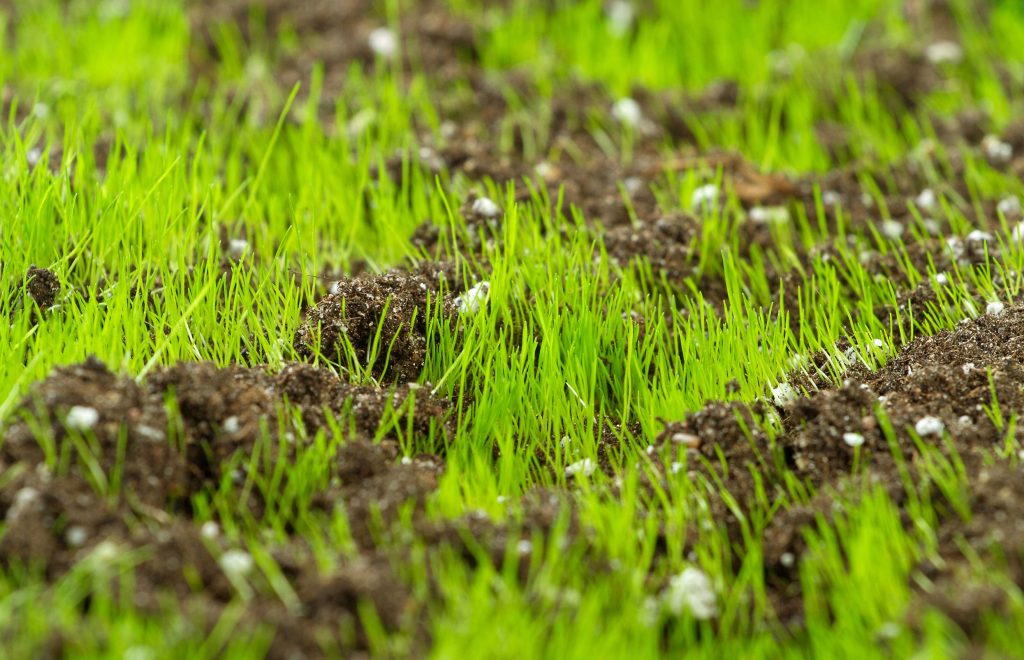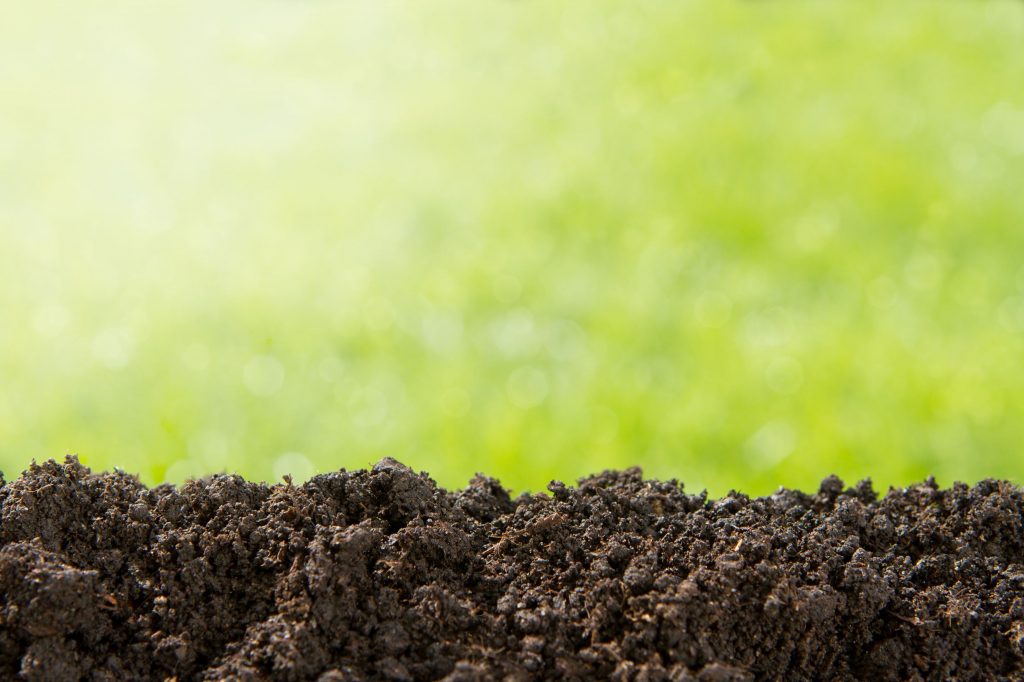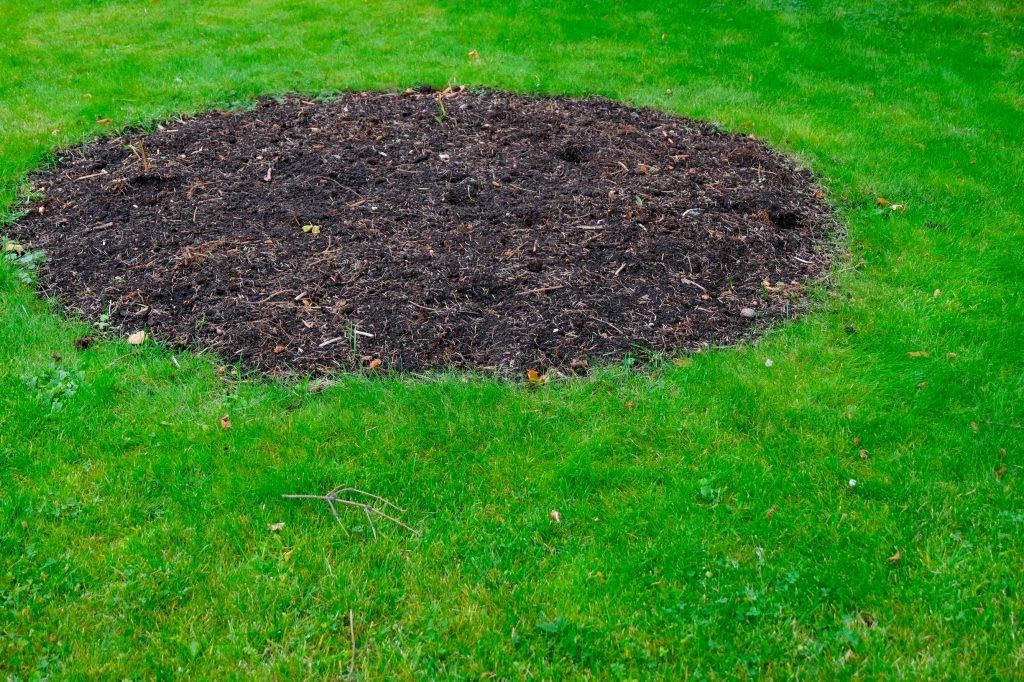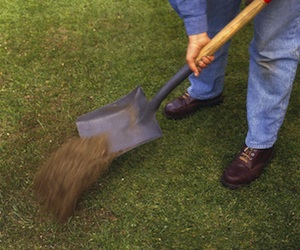When it’s too Hot to Mow Your Lawn!
A healthy lawn provides you and your family with a green, lush and welcoming environment. However, when temperatures rise and the harsh summer sun beats down on your lawn, the ...

Topdressing your lawn usually occurs at the beginning of spring when the soil is warming up and the turf is coming out of dormancy.
 There are two reasons to top-dress lawns. The first is to level uneven lawns or indentations in the surface, and the second is to add nutrients as part of an overall lawn care routine.
There are two reasons to top-dress lawns. The first is to level uneven lawns or indentations in the surface, and the second is to add nutrients as part of an overall lawn care routine.
If you are also going to fertilise your lawn, the recommendation is to fertilise a week or two before applying the top dressing, regardless of if you are repairing for unevenness or adding nutrients.
Fertilising prior to top dressing enhances the lawn’s ability to push new growth through the topsoil layer.
Top dressing also encourages running grasses to root in more quickly as they start their spring push, they can establish more quickly into the fresh soil.

There are many rich organic soil mixes now available which can be applied to lawns to not only add nutrients, but also organic matter.
Organic matter is what soil-borne friendly bacteria and micro-organisms need to feed on and thrive.
These soil mixtures add yet another source that, not only feeds the lawn itself but, feeds the soil which supports the entire lawn.
Top dressing with these organic soil mixtures is a great benefit to all lawn types, and could easily be applied a couple of times a year as an added boost to your lawn care practices.
Top soil organic lawn mixtures only need to be applied sparingly.
The top soil mix is added to the lawn in small amounts and raked into the green leaf and thatch of the lawn. If applied correctly, the top soil mixture should almost disappear into the green leaf altogether after watering.
Organic top-dressing mixtures should not be used to fill in any lawn indentations. This is because they have the potential to create water traps inside the original depression, as well as add organic matter in quantities which may be too rich for the lawn to handle.
Note if you have clay soils adding organic top dressing breaks down the soil particles making it easier for the new lawn growth to push through.
Also, it is possible to use a top-dressing mix of 80/20 organic and non-organic add ins.
Top Dressing Helps Uneven Lawns
 Levelling uneven lawns is relatively easy, but it is important to do it correctly, using only small amounts of just topsoil in increments.
Levelling uneven lawns is relatively easy, but it is important to do it correctly, using only small amounts of just topsoil in increments.
Only use soil from the property or sand, and never top-dress large depressions in the lawn, instead lift the lawn and add the soil underneath.
ALWAYS make sure you are purchasing a fresh reliable, weed-free source of top soil or organic mix that has not been sitting in the yard for too long.
Top soil can be purchased at many local garden centres.

.